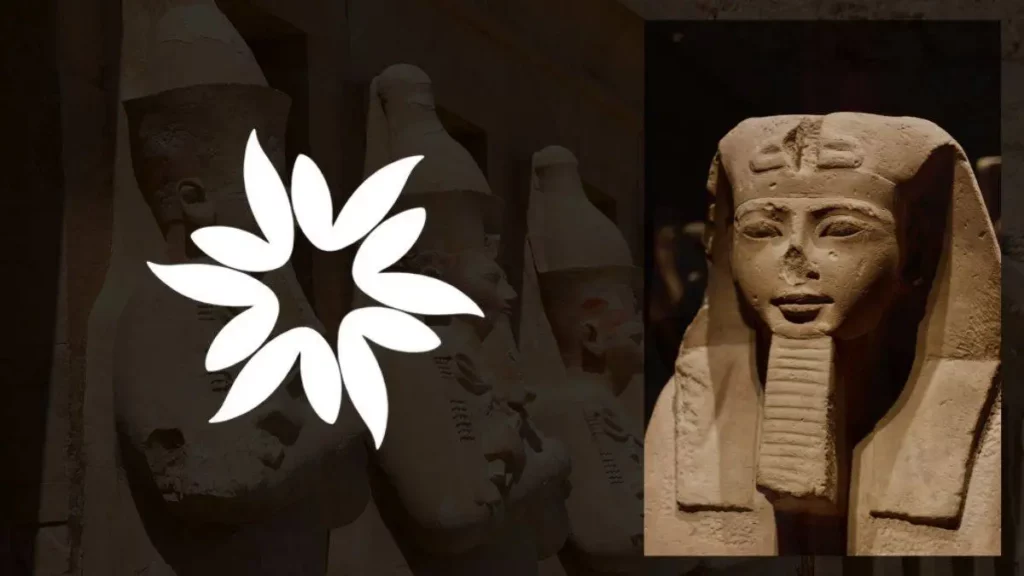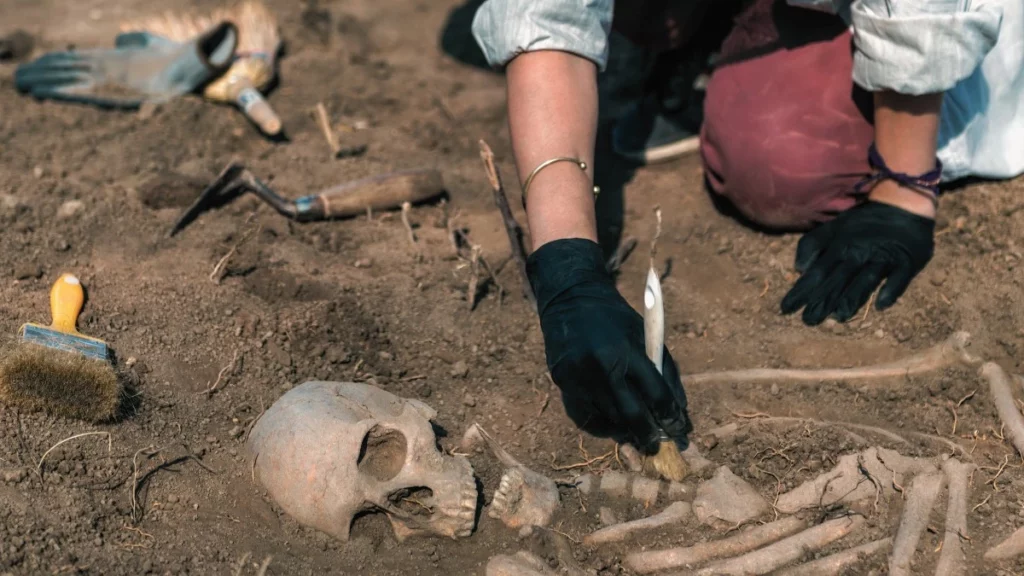Key Takeaways
- Abandoned gold mines in California, remnants of the Gold Rush era, have left a toxic legacy of arsenic, lead, cyanide, mercury, and other heavy metals. These sites pose significant health risks and have become Superfund sites under the EPA's program for handling hazardous waste.
- The Gold Rush spawned invasive and destructive mining methods, leading to safety hazards and toxic contamination that persist to this day. California is estimated to have around 47,000 abandoned mines, many of which are contaminated with pollutants like acid mine drainage, heavy metals, and mercury.
- Sierra Streams Institute conducts research on the risks associated with toxic mining waste, discovering elevated levels of arsenic and cadmium in residents near these sites. They promote awareness and provide precautionary measures to reduce exposure.
- Engineers and geologists have developed various techniques to prevent mine waste from leaching into the environment, including rhizofiltration, solidification, and thermal desorption. Cleanup efforts involve moving contaminated material, treating contaminated water, or entombing waste on-site beneath clean soil and plants.
- Cleanup efforts face financial and cultural challenges, with recovering costs from liable parties proving difficult. The Superfund list addresses the worst sites, leaving smaller yet hazardous abandoned mines unattended. Local distrust, resistance to change, and denial of access further complicate the cleanup process.
- Collaboration among communities, historians, geologists, and researchers is crucial to addressing the toxic legacy. Public education, community engagement, and citizen science initiatives play an essential role in managing the crisis and driving immediate action.
- Government legislation and policy, such as the Superfund law, help streamline cleanup efforts and hold responsible parties accountable. However, more comprehensive measures are needed to manage the scope of the problem, and economic considerations, such as implementing a "polluter pays" principle, are important for funding the cleanup process.
The Argonaut Mine in Jackson, California, stands as a haunting relic of the Gold Rush era. Its tarnished legacy is toxic waste consisting of arsenic, lead, and other heavy metals, alongside cyanide and mercury, presenting significant health risks.
This historical site in the heart of Gold Country has become a Superfund site – a program established by the Environmental Protection Agency (EPA) to handle abandoned hazardous waste sites.
The area, dubbed “Tailings 4,” is a muddy vacant lot, its soil saturated with arsenic levels far surpassing the acceptable limits.
However, Argonaut Mine is not alone in this predicament. It is merely one amongst the thousands of abandoned mines that litter Gold Country, posing colossal challenges for cleanup due to resource constraints and the complexity of the projects.
Unearthing the Scars of the Gold Rush
The Gold Rush was not just about the hunt for prosperity; it also spawned invasive and destructive mining methods.
Techniques like damming waterways, hydraulic mining with water cannons, and lode mining for gold trapped deep underground were commonplace.
The remnants of these practices have left a trail of safety hazards and toxic contamination that persist to this day.
California alone is estimated to harbor around 47,000 abandoned mines, a significant number of which are contaminated.
Pollutants associated with these sites include acid mine drainage, heavy metals, and mercury, all of which pose considerable health risks.
Mercury stands out as it can convert into methylmercury, a potent neurotoxin, and accumulate in fish, potentially causing a variety of health issues in humans.
However, the long-term health effects of residing near a gold mine remain largely unknown.
Proactive Steps Towards Mitigation
Sierra Streams Institute, a nonprofit organization, has been striving to quantify the risks associated with toxic mining waste in the region.
Their research has unearthed elevated levels of arsenic and cadmium in residents, potentially heightening the risk of developing conditions such as breast cancer.
The Institute is not just about research but also fostering awareness about the mining legacy and equipping residents with precautionary measures.
Simple lifestyle changes, like wet dusting and raised-bed gardening, can play a part in reducing exposure.
However, individual actions alone are insufficient to tackle the broader issue of abandoned mines and their profound impacts on the environment and health.
Engineering Solutions to a Century-Old Problem
Engineers and geologists have devised ways to prevent mine waste from leaching into the environment.
These include sophisticated techniques like rhizofiltration, solidification, vapor extraction, and thermal desorption.
However, the fundamental strategies remain straightforward: move the contaminated material to a landfill, treat the contaminated water, or entomb the waste on-site beneath clean soil and plants.
At the Argonaut Mine, the EPA has focused on the Tailings 4 area, a hotspot for contamination. An old earthen dam was built on the site’s edge using leftover waste and rocks to prevent mine waste from escaping the site.
This dam, however, was partially excavated in the 1970s to construct roads.
California alone is estimated to harbor around 47,000 abandoned mines, a significant number of which are contaminated.

The Cleanup Effort and Its Challenges
Cleanup efforts face substantial financial and cultural hurdles. Federal agencies have already poured billions into abandoned mine cleanup, but recovering costs from liable parties has proven challenging.
The Superfund list maintained by the EPA addresses only the worst sites, leaving thousands of smaller yet hazardous abandoned mines unattended.
Moreover, the task of cleanup is complicated further by the distrust and suspicion harbored by the local populace.
Some residents resist change, even when it is for their safety, while others deny access to the EPA. Some are oblivious to the presence of these sites, while others simply prefer to maintain the status quo for fear that any disruption could potentially worsen the situation.
This complex mix of emotions and perspectives can present significant hurdles to progress.
The Path Forward: Collaboration and Education
Addressing this toxic legacy requires an approach that goes beyond technical remediation. It needs the involvement of local communities, historians, geologists, and environmental health researchers to tackle the problem holistically.
Public education plays an indispensable role in managing the crisis. It’s essential for residents to understand the inherent risks associated with their environment and how they can play an active role in mitigating these risks.
Community-led initiatives, like those led by the Sierra Streams Institute, that engage residents in citizen science projects can be particularly effective.
Such initiatives help the community to comprehend the gravity of the situation, driving home the need for immediate action.
The Role of Legislation and Policy
Government policy and legislation are crucial in streamlining cleanup efforts and holding responsible parties accountable.
The implementation of the Comprehensive Environmental Response, Compensation, and Liability Act (CERCLA), also known as the Superfund law, has been a critical step in this direction.
It provides a federal “superfund” to clean up uncontrolled or abandoned hazardous-waste sites as well as accidents, spills, and other emergency releases of pollutants and contaminants into the environment.
However, the legislation has its limitations. The Superfund law is not equipped to handle the sheer volume of abandoned mines, given that the EPA’s Superfund list can only address a small percentage of the most hazardous sites.
More robust and comprehensive policy measures are required to manage the scope of the problem.
In conclusion, the toxic legacy of gold mining in California is a complex and multifaceted issue.
It requires a multi-pronged approach that combines technical remediation, public education, community engagement, robust legislation, and financial accountability.
By addressing the problem through these lenses, it is possible to reclaim these lands and ensure a healthier future for the communities that inhabit them.








